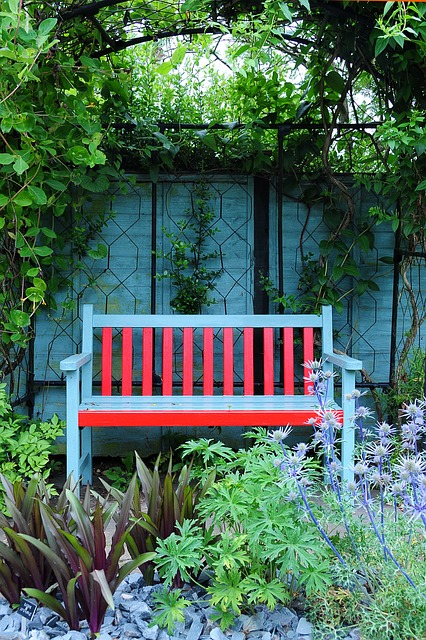When plants compete for attention, the resulting landscape can be distracting and complicated. By establishing a focal point, however, you’re in effect telling the viewer what to look at first. The focal point can be a water feature or an art object, a specimen tree or a colorful bed. Consider the development of a dominant feature to catch attention without cultivating confusion.
Attract attention by contrasting complementary garden colors. Complementary colors are those located directly across from one another on the color wheel. For example, the complementary color to red is green, orange to blue, and yellow to purple. Punctuate a sea of purple flowers with a bright yellow plant, or showcase a burst of orange daylilies against some blue salvia.
 Contrast can also be achieved by showcasing a plant with unique features. Emphasize a garden space by including a plant with distinct texture variations. The peeling, copper-colored bark of a paperbark maple (Acer griseum), can be the focal point in an arrangement of medium to low boxwoods, Japanese hollies or yew.
Contrast can also be achieved by showcasing a plant with unique features. Emphasize a garden space by including a plant with distinct texture variations. The peeling, copper-colored bark of a paperbark maple (Acer griseum), can be the focal point in an arrangement of medium to low boxwoods, Japanese hollies or yew.The placement of an object can determine a focal point as well. Create a circular flowerbed for an easy focal point. Plant in a circle and place a unique grouping or individual plant in the center. This arrangement draws the eye naturally to the central area of interest, creating a focal point that can be appreciated on all sides. Remember to place the plants according to height, with the tallest plants in the center, decreasing height as you move toward the outer edge.
Art can play a starring role in the garden, but choose garden ornaments with care and caution. Too many artifacts can cause pandemonium in paradise.

